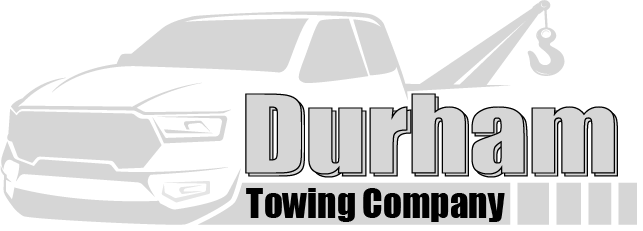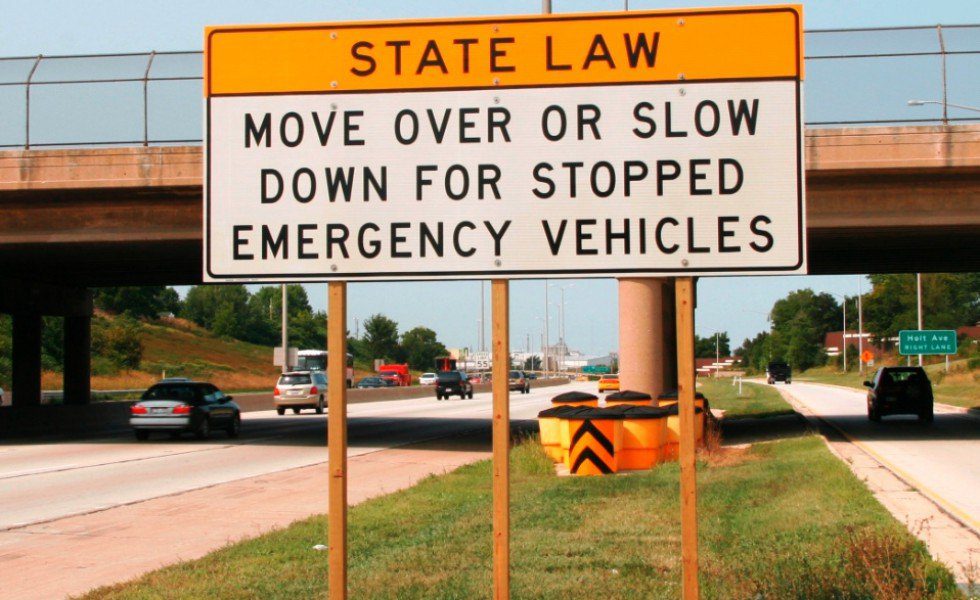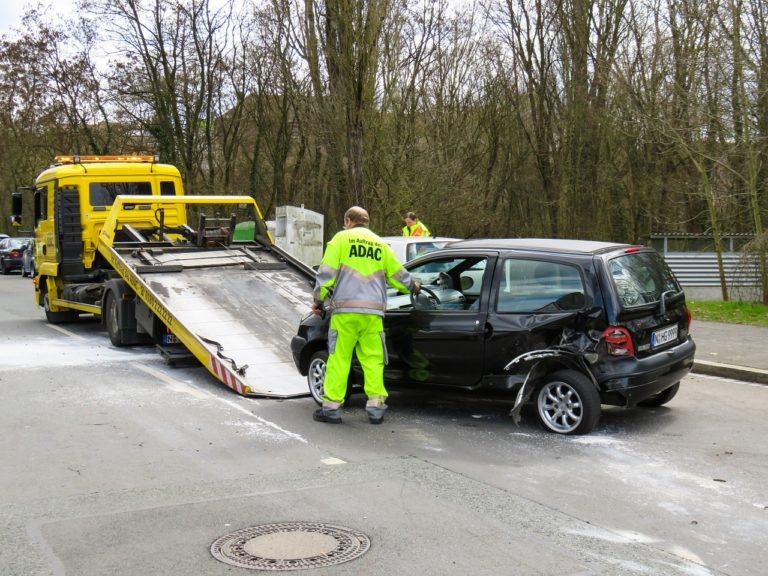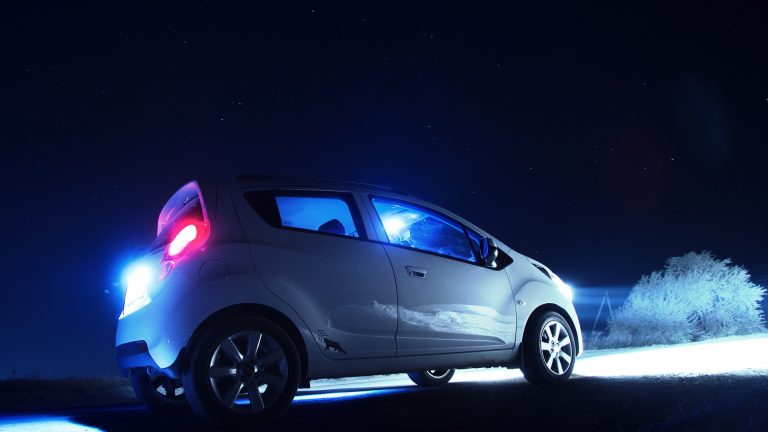If you’ve ever driven past a tow truck, police car or other emergency vehicle stopped on the shoulder with lights flashing, you may have noticed signs reminding drivers to “move over.” But do you actually know what the law requires?
As your trusted towing company serving Durham and all of Wake County, Durham Towing Company wants to help educate motorists on these crucial Move Over laws designed to protect roadside workers and first responders.
Move Over policies are now standard in all 50 states thanks to research showing their impact in reducing roadside incidents. Unfortunately, non-compliance remains common as many drivers are still unfamiliar with proper procedures. This article aims to provide clarity on what the law mandates and why safely yielding the right of way is so important, especially for tow operators facing unique roadside risks.
Our goal is spreading awareness so emergency responders nationwide can focus on their duties without undue danger. When one of us must assist others at the roadside, safety should be our shared priority.
Please read on to better understand your role in that shared responsibility…
First Some Perspective…
To provide some helpful context, let’s first look at how Move Over laws have developed over time. North Carolina was one of the early adopters of Move Over legislation in 2002, but these types of policies are now the norm across the US and beyond. According to the National Highway Traffic Safety Administration, all 50 states now have variations of “Slow Down, Move Over” statutes on the books to safeguard roadside workers.
These protective laws gained momentum internationally as well, with countries like Australia, Canada, the UK and others passing similar measures. Research showed a clear need – in America alone, NHTSA data reports over 150 emergency responders were killed and an estimated 3,000 injured in roadside incidents from 2003-2012. Towing industry groups cite even higher casualty figures worldwide when all related incidents are counted.
A 2021 study published in the Journal of Safety Research analyzed over 10 years of US crash data. It found Move Over laws correlated with a significant 8-11% reduction in worker fatalities versus states without such policies. Researchers concluded the rules provide a clear safety benefit when drivers heed the obligation to slow down and switch lanes.
Unfortunately, non-compliance remains a problem – various surveys estimate over 50% of motorists are still unaware or misunderstand what the law requires of them.
What Does Move Over Mean Exactly?
In practice “Move Over” means moving your vehicle over one lane to provide a buffer of empty space or, if unable to change lanes, slowing down below the posted speed limit and passing with due care and caution.
The law extends to any vehicle with flashing amber, blue, red or white lights activated, including tow trucks, police cars, fire trucks, ambulances, Department of Transportation vehicles and utility crews such as those working on power lines.
It’s a common-sense requirement meant to give road crews and first responders a safety zone to do their jobs without fear of being struck by passing traffic. According to the NC DOT, too many are injured or killed each year from otherwise preventable vehicle incursions along highways.
In North Carolina penalties can be imposed on drivers failing to adhere to the Move Over law. A first offense results in three driving points and a fine of up to $250. Subsequent offenses within three years increase the points to four and fine to a maximum of $500. And if a violation results in an accident that causes property damage, injury or death, felony charges may apply with even steeper consequences.
The law is taken very seriously for good reason – tow operators, firefighters and other brave people risk their lives every day helping motorists in need. Showing them courtesy can help save lives.
Application in Various Scenarios
Some specific protections under NC law: the Move Over provision applies whether vehicles are parked, standing or moving along a highway and it remains in effect even if a lane change or changing speed poses a safety hazard themselves.
So if conditions aren’t safe to alter speed/lane, pass only after doing so prudently.
Also, at intersections with multiple turn lanes, drivers in all lanes must yield to allow space for stopped emergency vehicles. It’s an all-lanes requirement, not just the closest lane.
Check out this related article…
Courts Uphold Safety Purpose
While most understand the intent is safety, some drivers have debated whether Move Over laws infringe on civil liberties or privacy. However, courts have consistently found the mandated behaviors a reasonable restriction given the public safety purpose.
It’s similar to other driving rules like stopping for school buses loading children.
And no photo enforcement is allowed – an officer must visually witness and cite violations in order to uphold these protective statutes.
A Law Vital for Tow Operators
As a towing service, Durham Towing Company has a unique perspective on why protecting roadside assistance workers through Move Over legislation is so crucial. Helping stranded motorists means our operators are often working in vulnerable shoulder-side positions, focused on the disabled vehicle without constant roadside visibility.
Incorrectly, some view tow operators merely as grunt workers hauling broken down machinery. But the reality is our crews face tremendous hazards removing wrecks from roadways or winching vehicles up after accidents. One slip or moment of distracted driving passing by can endanger lives in an instant.
National towing industry associations report tow operators make up a disproportionate percentage of emergency responder deaths, due in part to increased roadside exposure compared to police, firefighters and others who can secure scenes more quickly. Move Over mandates acknowledge the specialized risks inherent to towing tasks like hooking/unhooking heavy trucks close to fast-moving traffic.
Roadside safety is also about efficiency – the faster our crews can remove obstacles, the sooner traffic lanes can reopen. But split-second delays yielding right of way for our operators mean slower response and bigger backups, putting more motorists in vulnerable roadside situations unnecessarily. Move Over laws facilitate the swift, hazard-free work tow companies do for drivers every day.
At Durham Towing, we take great pride in being there when motorists need us most, around the clock. Our concern is getting customers back on the road safely. These protective statutes simply ask drivers to extend us the same consideration in return during roadside operations.
It’s a reasonable exchange to help all of us make it home at the end of each shift.
Summing It Up…
We hope this overview of Move Over laws has provided helpful context on why safely yielding for stopped emergency vehicles is so crucial. As a towing company that responds to breakdowns and accidents daily, Durham Towing Company sees firsthand how vital these protective statutes are for roadside workers nationwide.
Whether it’s police rendering aid after collisions, utility crews fixing downed power lines in storms, or tow operators like ourselves helping motorists in need, emergency responders accept hazards to serve the public good. All we ask is motorists do their part easing dangers by simply moving over or slowing down—a small behavior that can make a big difference in safety.
As we continue spreading awareness, remember – the Roadside isn’t just a tow operator’s workplace, it’s a shared community space. When one of us is stopped assisting others by the roadside, we all have a common duty as drivers to share stewardship of that space responsibly. Our hope is one day, no roadside worker need fear being struck due to preventable driver errors. Until then, we thank our readers for helping advocate for Move Over compliance in our neighborhoods.
Drive safely!




